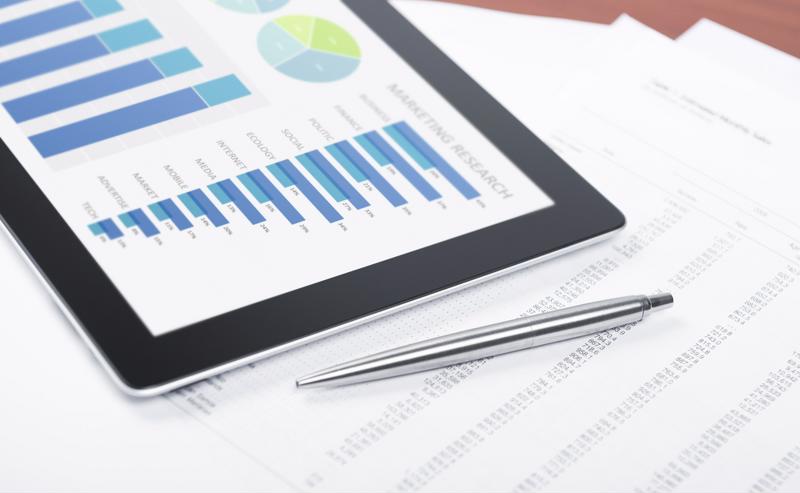
With the overall pace of supply chain operations set to rise over the next few years - carried on a tide of rising customer expectations and improving capabilities - procurement and sourcing leaders should be thinking about ways to join this trend. Failing to improve supply chain capabilities may prove to be a critical error, as without the ability to move goods quickly, firms may fall behind their competitors.
Digital technology will play a role in any transformation of companies' abilities. Being able to tap into information more quickly and easily than ever before is a definite advantage, and quick and accurate transfers of data between supply chain partners is an essential part of being an agile and efficient modern sourcing organization. Committing to such improvements may take determination and specialization from companies.
What makes a modern supply chain happen?
According to Supply Chain Quarterly contributor Lora Cecere, businesses interested in revolutionizing their supply chain capabilities should create small teams within their organizational structures specifically tasked with bringing in a new generation of systems. While it may appear more sensible to take a moderate approach and leave the decision-making power with the IT department, Cecere warned that officials with existing tech roles tend to become attached to existing systems. Hesitation to rock the boat may hold companies back.
Hiring a new consulting partner or picking a different software vendor could be essential in taking a supply chain to the next level, ensuring information moves quickly and effectively. That means firms should throw their support behind individuals and departments that are willing to make material changes instead of merely pondering the possibilities. Cecere noted that existing technology isn't the only things these innovators will have to do away with - they'll also need to change outdated schools of thought.
Optimizing current functional processes is a normal method of supply chain improvement today, one that seems quaint when compared to the waves of new tech and thinking on the horizon. Cecere gave an alternative model for the modern supply chain: Leaders should focus on improved processes that go beyond company walls and make every partner, from raw materials suppliers to retail outlets, work better in tandem.

When it comes to being bold and establishing new supply chain priorities, organizations may be rethinking the way they transfer data. Blockchain technology could be a transformative new approach, with these secure transaction ledgers potentially reducing the amount of manual record-keeping in the field by a great amount. SupplyChainBrain contributor Brewster Smith pointed out that even a single shipment between supply chain partners can involve dozens of documents to send and verify. Quick digital transmission of that data could change the whole industry's trajectory and improve its speed.
Smith noted that supply chain participants including import and export firms have immediate use cases for blockchain technology and can begin conceptualizing projects now. These firms can potentially run a single product category on a blockchain ledger and see if it can improve the movement of the necessary materials and finished goods from beginning to end. A wholesale change in supply chain practices may start with such an undertaking.


Post A Comment:
0 comments so far,add yours